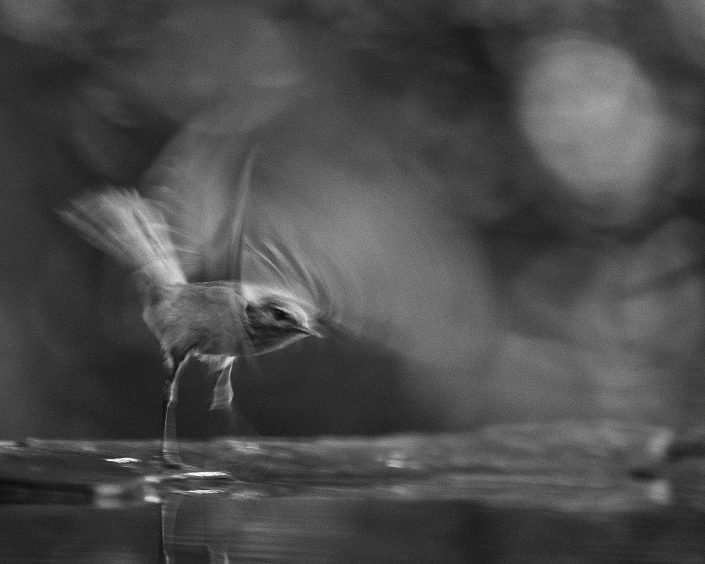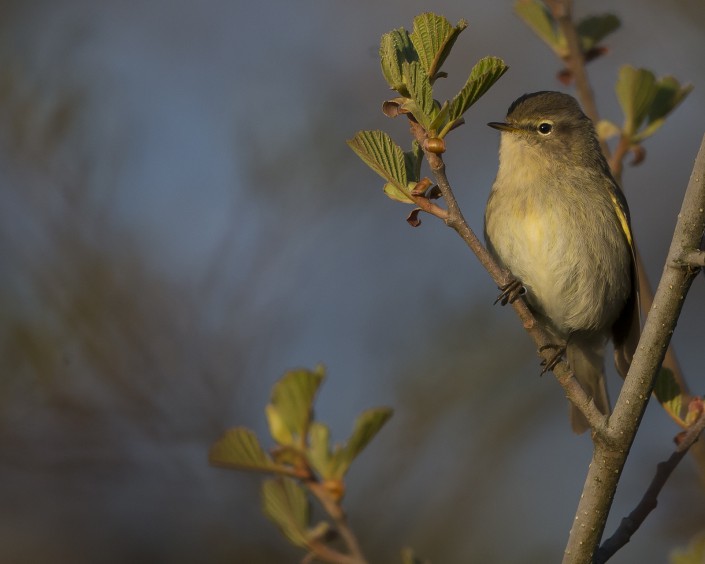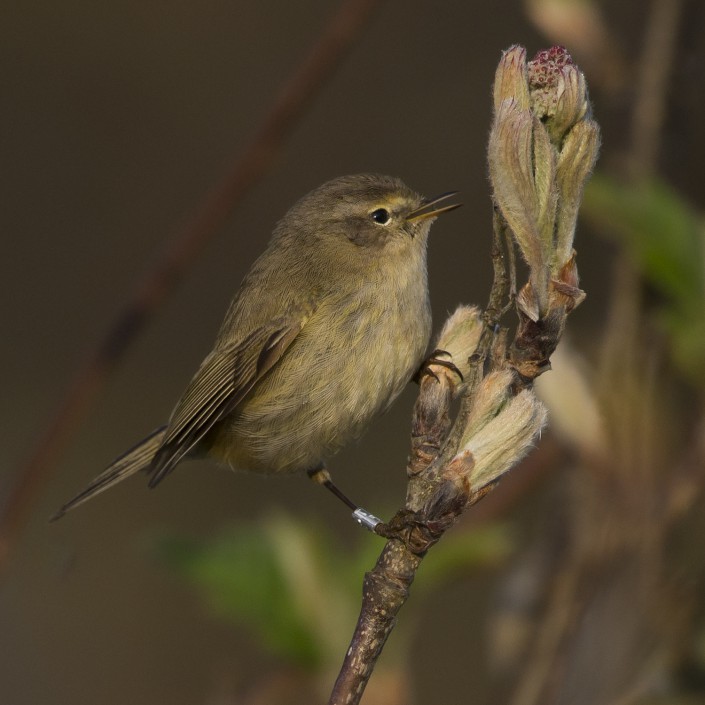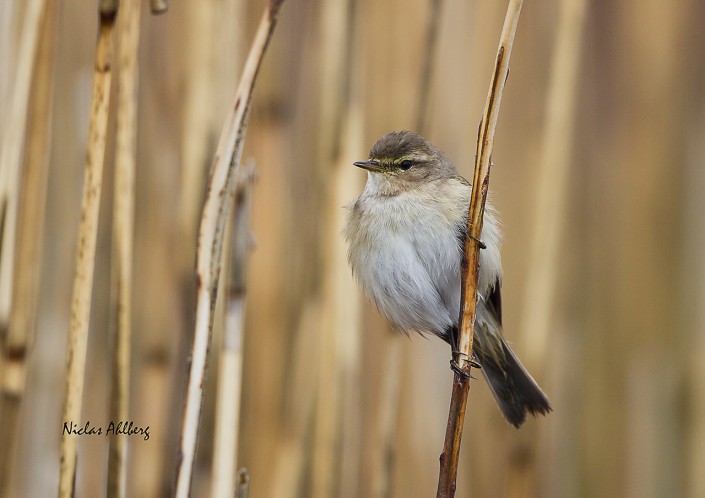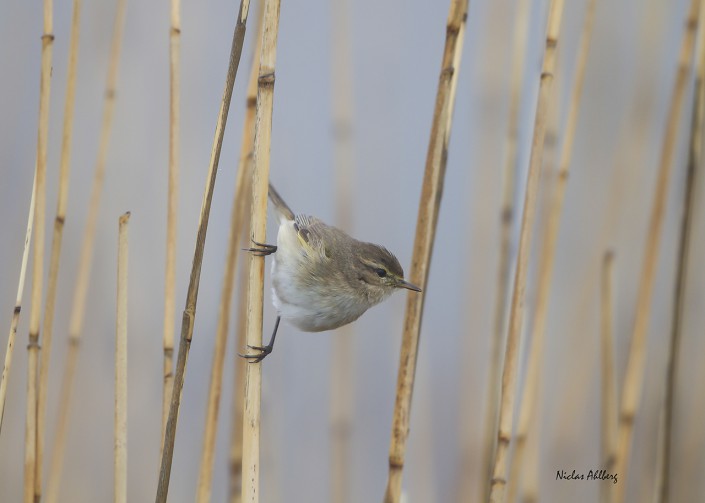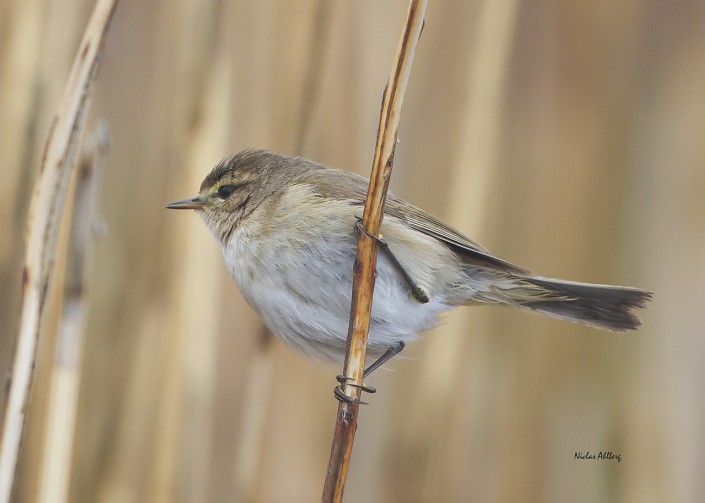This post is also available in: Swedish
Chiffchaff – Phylloscopus collybita
Chiffchaff – Phylloscopus collybita
Chiffchaff is a common and widespread leaf warbler which breeds in open woodlands throughout northern and temperate Europe and Asia. It is a migratory passerine which winters in southern and western Europe, southern Asia and north Africa. Greenish-brown above and off-white below, it is named onomatopoeically for its simple chiff-chaff song. It has a number of subspecies, some of which are now treated as full species. The female builds a domed nest on or near the ground, and assumes most of the responsibility for brooding and feeding the chicks, whilst the male has little involvement in nesting, but defends his territory against rivals, and attacks potential predators.
A small insectivorous bird, it is subject to predation by mammals, such as cats and mustelids, and birds, particularly hawks of the genus Accipiter. Its large range and population mean that its status is secure, although one subspecies is probably extinct.
The common chiffchaff has an enormous range, with an estimated global extent of 10 million square kilometres (3.8 million square miles) and a population of 60–120 million individuals in Europe alone. Although global population trends have not been quantified, the species is not believed to approach the thresholds for the population decline criterion of the IUCN Red List (that is, declining more than 30 percent in ten years or three generations). For these reasons, the species is evaluated as “least concern”.
None of the major subspecies is under threat, but exsul, as noted above, is probably extinct. There is a slow population increase of common chiffchaff in the Czech Republic. The range of at least P. c. collybita seems to be expanding, with northward advances in Scotland, Norway and Sweden and a large population increase in Denmark.
It sounds like this
Recording by Szymon Pawecki from Xeno canto


















